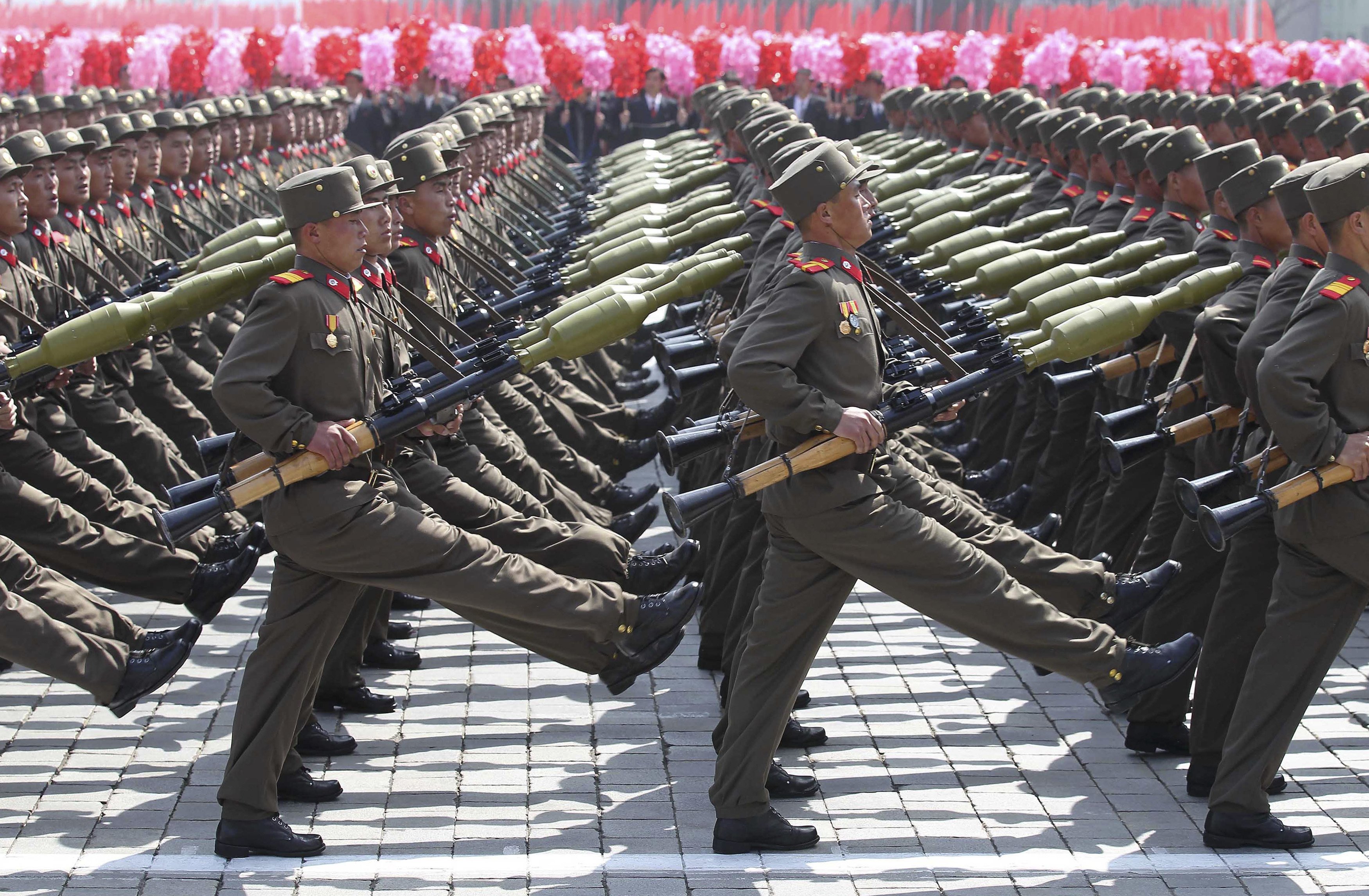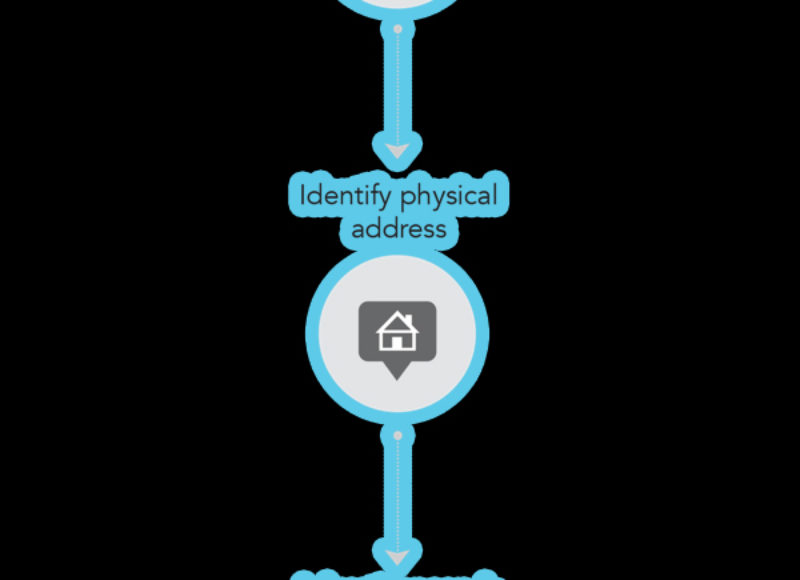10 Secrets of North Korea
10
Labor Camps

North Korea currently operates about 16 labor camps—massive compounds scattered across the mountainous terrain and enclosed by electrified barbed wire fences. It’s estimated that somewhere around 200,000 prisoners are held in these camps at any given time.
9
Three Generations Of Punishment
North Korean law dictates a “three generations of punishment” policy: If you commit a crime, your children and grandchildren will carry the stains of your sin and be punished accordingly. That means that if your grandfather committed a crime, you get to bear the full brunt of his punishment. As mentioned above, this usually leads to entire lives spent inside prison camps. One of the worst offenses that a North Korean can commit is attempting to leave North Korea, which can justify either immediate execution or an extended sentence in one of their labor camps.
Criticizing the government, no matter how slightly, is also considered a treasonous offense. Simply learning about other cultures warrants a death sentence. Recent smuggling between the border of North Korea and China has allowed some people to get DVDs of Western movies—which are illegal. The North Korean National Security Agency has begun raiding villages in the north of the country by shutting off the electricity to a whole village then storming into houses and checking which DVDs are stuck in the DVD player.
8
Insurance Fraud

The North Korean economy is, in all measurable aspects, completely failing. Exports are virtually nonexistent due to their reluctance to interact with foreign markets, as well as the fact that they struggle to feed everyone living within their own borders. The current population of North Korea is about 25 million, and the average GDP per person is about $500 (for comparison, in the US it hovers around $50,000).
7
Arms Dealing

Insurance fraud aside, the United Nations has also accused North Korea of selling illegal weapons and nuclear technology to the highest bidder, which usually means countries in Africa and the Middle East. For example, in 2012, the UN seized a North Korean shipment heading to Syria which contained nearly 450 graphite cylinders meant for use in ballistic missiles. In 2009, shipments to both Iran and the Republic of Congo were caught in transit—one had 35 tons of missile components, and the other contained Soviet-era tanks.
6
Electricity

The capital city of North Korea, Pyongyang, is something of a self-styled utopia reserved for the population’s elite. Armed guards patrol the borders to keep the lower classes from entering, and most of the residents of Pyongyang live in something approaching luxury—with a given value of “luxury” (maybe they don’t get enough food, but they at least get more than everyone else in the country). Yet even the three million upper-class citizens aren’t given electricity for more than an hour or two a day.
5
Three-Caste System

In 1957, when Kim Il Sung was struggling to retain control over North Korea, he launched a massive investigation into the populace of the country. The end result of that investigation was a completely changed social system that separated everybody into three classes: “hostiles,” “wavering,” and “core.” The designations were based not on the person, but on their family history.
4
Human Feces Fertilizer

North Korea’s geography is mountainous and arid, with long, frigid winters and short, monsoon-filled summers. About 80 percent of the country is located either on the side of a mountain or at the top of one, which means most of the land is terrible for farming. Historically, North Korea has always relied on foreign aid to get the fertilizers it needs: The Soviet Union gave them fertilizer before it collapsed, and until recently, South Korea was sending them 500,000 tons of fertilizer each year to help boost food production.
3
South Korean Citizenship

To put it simply, there are so many people fleeing North Korea that there’s nowhere for all of them to go. China’s official policy is to send them back across the border. There they are either executed or consigned to a labor camp for decades of brutal work that usually turns out to be just as effective as any death penalty. Only South Korea maintains a policy of near-absolute clemency: All North Korean defectors (who aren’t criminals) are immediately provided with citizenship, job training, and for those who need it, psychological counseling. They’re also given a place to live and $800 a month. As an incentive for businesses, the South Korean government offers a bonus of $1,800 to anyone who will hire a refugee.
2
Cannibalism

A crippling famine struck North Korea between 1994 and 1998. Widespread flooding left most of the farm land unusable. When that was combined with an ever-increasing debt to the Soviet Union that prevented any importing of food, entire cities drifted into a twilight of death. It’s estimated that close to 3.5 million people died of starvation during that time—more than 10 percent of the population.
1
Torture Prisons
To date, very few people have escaped from North Korea’s labor camps and lived to tell the tale. And of these refugees, only one known person has escaped from the dreaded Camp 14, widely considered to be the most brutal labor camp in the country and reserved for only the most serious political criminals. That person was Shin Dong-hyuk, whose story is told in the incredible book Escape From Camp 14.



